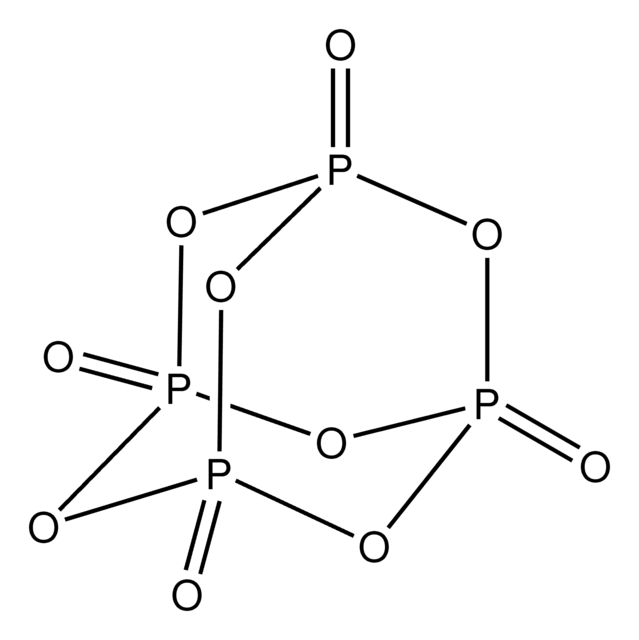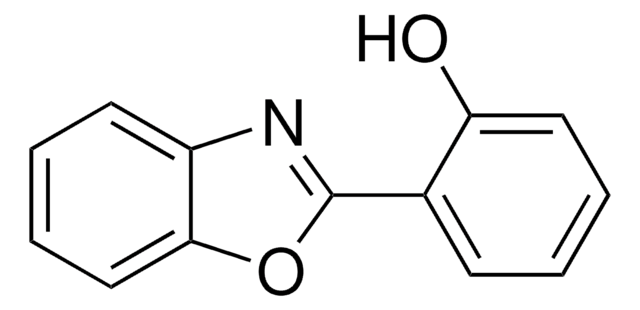208213
Polyphosphoric acid
reagent grade, 115% H3PO4 basis
About This Item
grade
reagent grade
Quality Level
assay
115% H3PO4 basis
form
viscous liquid
greener alternative product characteristics
Design for Energy Efficiency
Learn more about the Principles of Green Chemistry.
sustainability
Greener Alternative Product
bp
300 °C (lit.)
density
2.06 g/mL at 25 °C
greener alternative category
InChI
1S/O5P2.H3O4P/c1-2-7-4-3-6(1)5-7;1-5(2,3)4/h;(H3,1,2,3,4)
InChI key
FVYIVXLIMHNYTD-UHFFFAOYSA-N
Looking for similar products? Visit Product Comparison Guide
Related Categories
General description
Application
PPA may be used as a catalyst during the synthesis of dimethyl carbonate (DMC) from urea and methanol. It also acts as an absorbent for the ammonia generated in the process. PPA may be used to prepare silica-supported polyphosphoric acid (PPA-SiO2), an easy to handle, reusable heterogenous catalyst.
Other Notes
signalword
Danger
hcodes
Hazard Classifications
Eye Dam. 1 - Met. Corr. 1 - Skin Corr. 1B
wgk_germany
WGK 1
Certificates of Analysis (COA)
Search for Certificates of Analysis (COA) by entering the products Lot/Batch Number. Lot and Batch Numbers can be found on a product’s label following the words ‘Lot’ or ‘Batch’.
Already Own This Product?
Find documentation for the products that you have recently purchased in the Document Library.
Customers Also Viewed
Our team of scientists has experience in all areas of research including Life Science, Material Science, Chemical Synthesis, Chromatography, Analytical and many others.
Contact Technical Service


